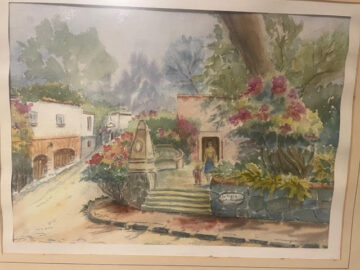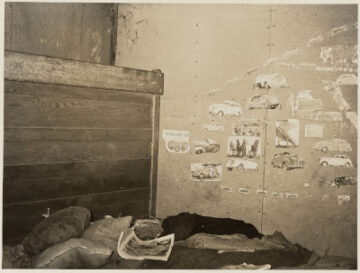by Barbara Fischkin

Part One: Before Mari Saved Us
This is the back story: Maria Angeles Garcia, known to us as “Mari,” was a godsend to our family. In part two, which I plan to publish in May, readers will find out more about how this young, single mother from a small village in northern Mexico moved with us to, of all places, Hong Kong.
That move was in 1989. A few years earlier Mari had left her children with relatives with plans to earn money as a domestic worker in la capital, Mexico City—and then return home to give her family a better life. Eventually she came to work for us. Within a year, my husband was notified he would be transferred to Hong Kong. We asked Mari if she would come with us for a short while. We never expected her to say yes. But she did.
Mari grew up hearing both Spanish and an indigenous language. In Hong Kong, most people speak English and Cantonese. Regardless of geography, the underlying job wouldn’t change. When I was working as a journalist, from a home office or out doing interviews, I needed a nanny to take my first-born toddler son on small excursions. I didn’t want him locked behind the walls of our palatial home. I wanted him out and about, playing with neighborhood kids and savoring the bright colored flowers. I wanted him to suck oranges Mari picked right off the tree and to enjoy the aroma of elote— corn—roasting on sidewalk barbeques.
Mari knew that in Hong Kong, things would change. She mustered the courage, the fortitude and a free-range sensibility to spend a few months with us in Asia. She could have easily found another position in Mexico City. But she was intent on doing her job and frankly wanted to make sure our family, especially the child, transitioned safely.
After watching Mari in action, I knew so much more about assessing and hiring good household help. Typically, I did a good job. This chapter, though, is about the ones who came before Mari. Some had their moments of glory. Most get lost in her shadow. Read more »


 I once wrote a political column for
I once wrote a political column for